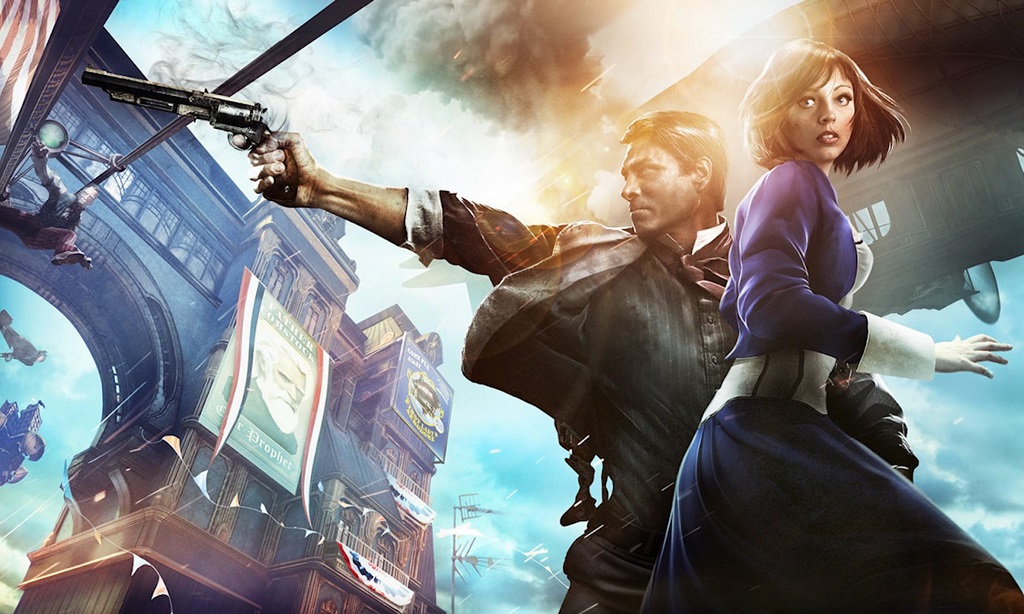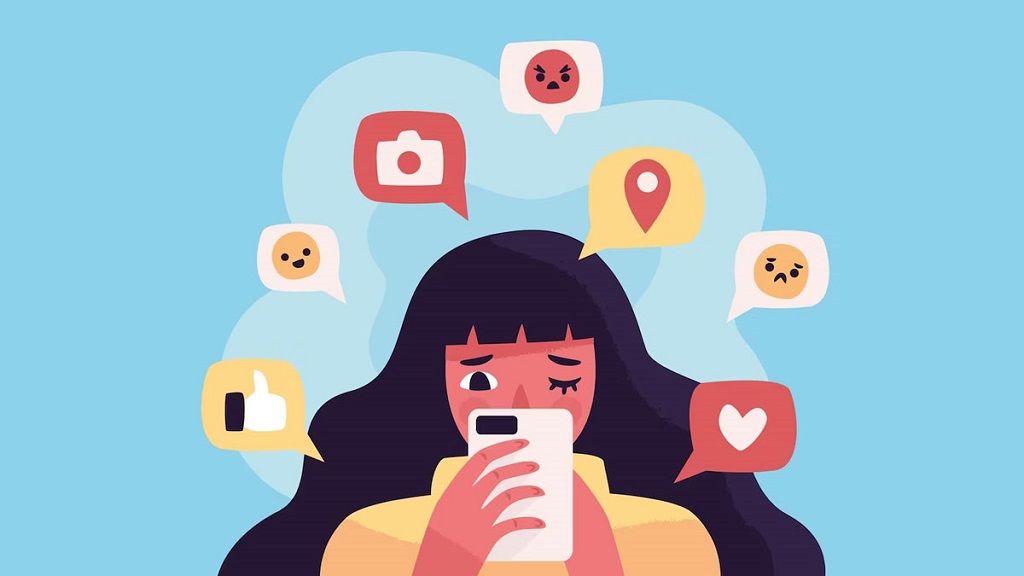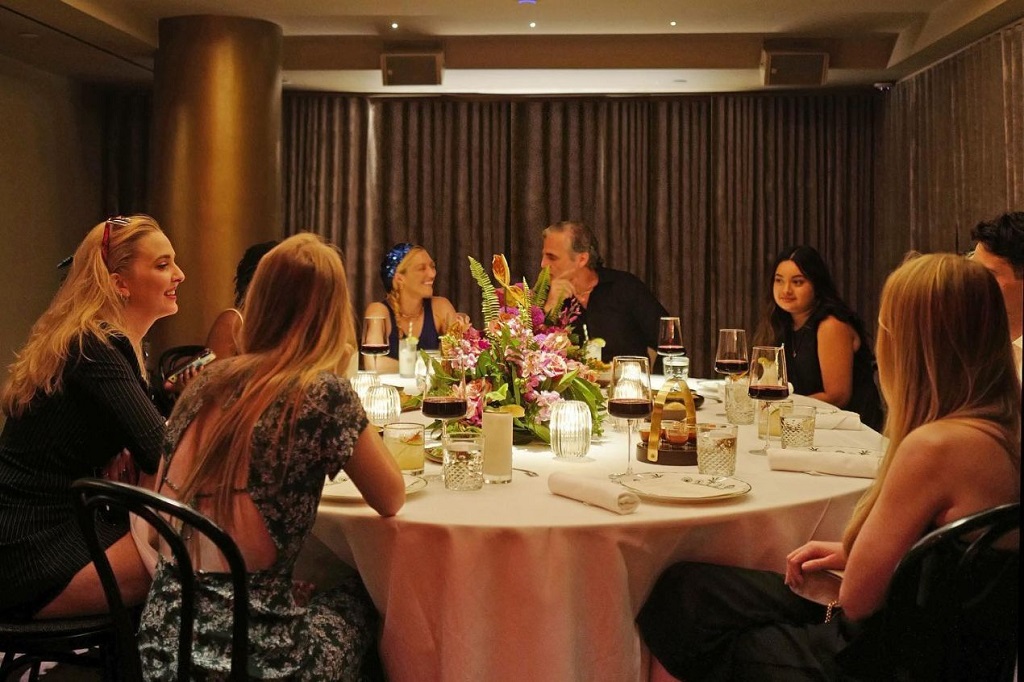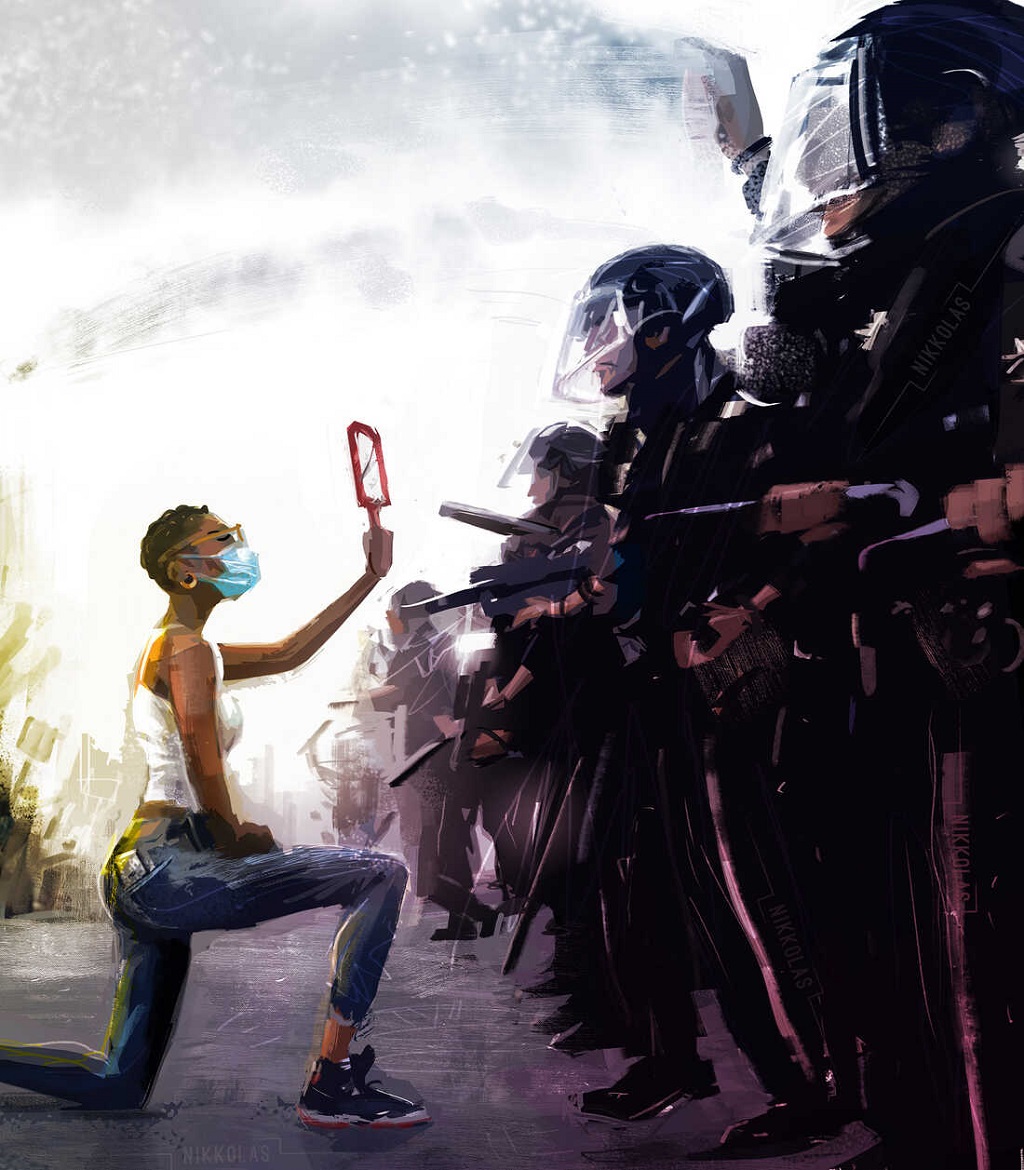The Brushstrokes of Change: The Role of Art in Social Justice Movements
Social justice movements, throughout history, have employed a powerful tool beyond marches and speeches: art. From stirring songs to poignant paintings, artistic expression has served as a weapon for raising awareness, sparking dialogue, and mobilizing communities in the fight for equality.
Art as a Mirror Reflecting Injustice
Art has the unique ability to capture the essence of social issues, making the invisible visible and the unheard heard. Here’s how art functions in social justice movements:
- Raising Awareness: Art can illuminate complex issues in an accessible way. A powerful image, a moving song, or a captivating play can connect with a wider audience than traditional media outlets, sparking outrage, empathy, and understanding.
- Giving Voice to the Marginalized: Art allows those directly impacted by injustices to share their experiences and perspectives. This empowers marginalized communities and fosters a sense of solidarity with the movement.
- Preserving History: Artistic creations serve as historical documents, recording the struggles and triumphs of social justice movements for future generations.
Diverse Canvases for Social Change
Social justice movements utilize a wide array of artistic mediums to deliver their messages:
- Visual Arts: Powerful paintings, sculptures, and street art can capture the essence of a struggle, becoming iconic symbols of the movement. Think of the Black Power salute raised by athletes at the 1968 Olympics, or the haunting murals depicting police brutality.
- Music: Songs of protest have galvanized movements throughout history. From the anthems of the Civil Rights Movement to the critical lyrics of contemporary hip-hop artists, music ignites passion and inspires action.
- Performance Art: Plays, dance performances, and spoken word poetry can create powerful emotional experiences, prompting audiences to confront uncomfortable truths and envision a more just future.
- Film and Literature: Documentaries, films, and novels can delve into the complexities of social injustices, fostering empathy and understanding of the struggles of marginalized groups.
Beyond Awareness: Art as a Catalyst for Action
Art not only raises awareness but also catalyzes action:
- Mobilization: Art can inspire individuals to join the fight for social justice. A moving performance or a thought-provoking documentary can ignite a sense of urgency and motivate people to participate in protests, boycotts, or other forms of activism.
- Fundraising: Art exhibitions, auctions, and benefit concerts can raise funds to support social justice causes and organizations.
- Community Building: Art workshops and creative spaces can provide a platform for dialogue and collaboration within social justice movements.
Historical Examples: Art Fueling the Fight
History offers numerous examples of art playing a pivotal role in social justice movements:
- The Civil Rights Movement: Songs like “We Shall Overcome” and the iconic image of Rosa Parks refusing to give up her seat on a bus became rallying cries for the movement.
- The AIDS Crisis: The powerful art exhibit “Silence=Death” by the collective Gran Fury challenged the government’s inaction on the AIDS crisis.
- The Feminist Movement: Judy Chicago’s “The Dinner Party” and other feminist artworks challenged traditional gender roles and sparked conversations about women’s rights.
The Art of Change: Challenges and Considerations
While art is a powerful tool for social justice, challenges remain:
- Accessibility: Not everyone has access to art galleries, museums, or even high-speed internet to experience powerful online content. Social justice movements must find ways to ensure their artistic message reaches a broad audience.
- Censorship: Art that challenges the status quo can face censorship from governments or powerful institutions.
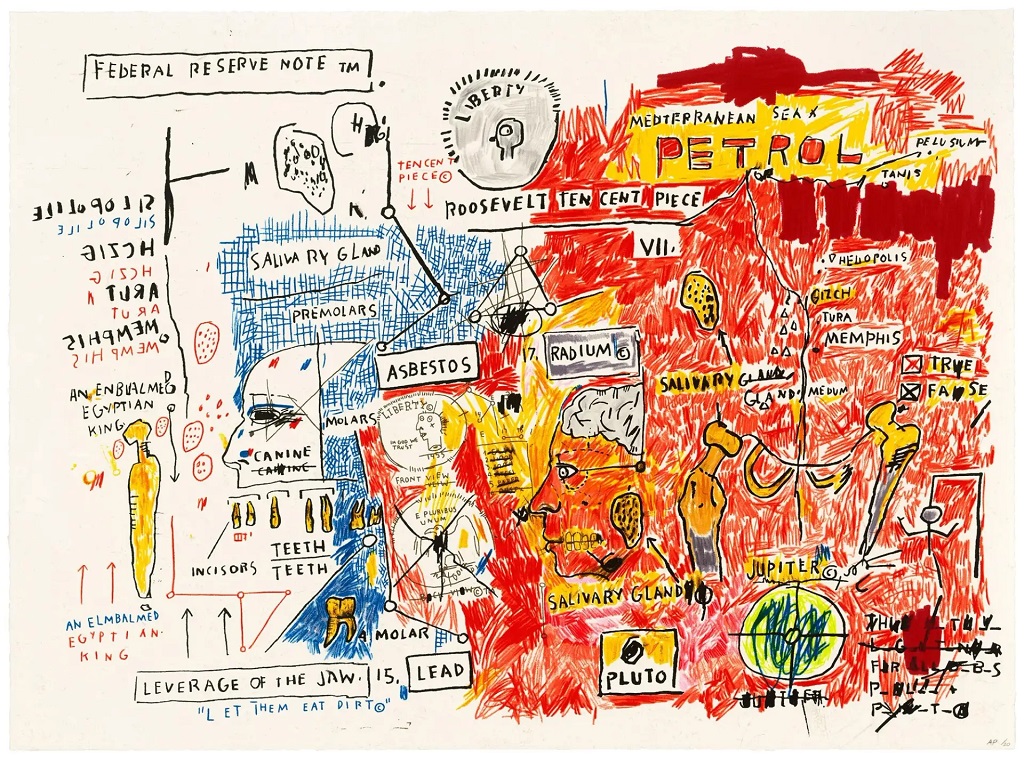
The Future of Artistic Expression in Social Justice
The future of artistic expression in social justice movements is bright:
- Technology and Social Media: Social media platforms provide artists with new avenues to reach a global audience and raise awareness about social injustices.
- Emerging Art Forms: New art forms like digital art and virtual reality offer exciting possibilities for engaging audiences and delivering powerful messages.
- Collaboration: Collaboration between artists and activists can lead to even more impactful and effective artistic interventions.
- Related: Revive, Reuse, and Recreate: Creative Things You Can Do with an Old Car
Conclusion: A Canvas for a More Just Future
Art is not merely a decorative element; it is a powerful tool for social change. By raising awareness, sparking dialogue, and motivating action, art plays a critical role in the fight for a more just and equitable future. As movements for social justice continue to evolve, so too will the artistic expressions that fuel them. The future holds exciting possibilities for art to continue catalyzing positive change.

